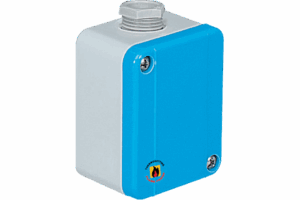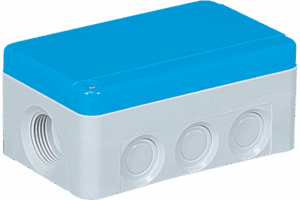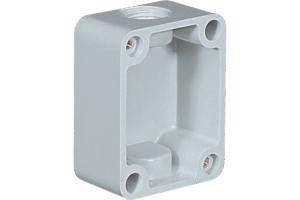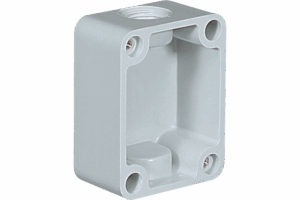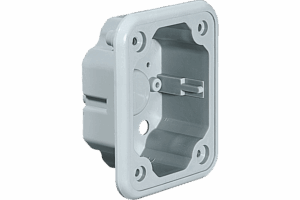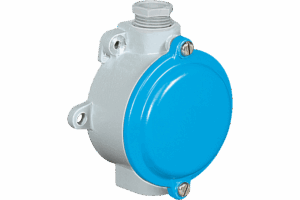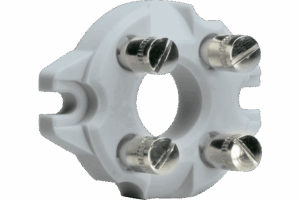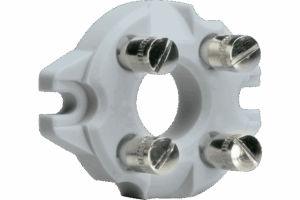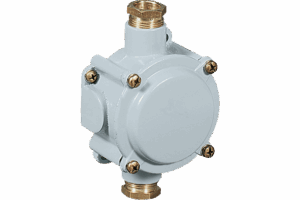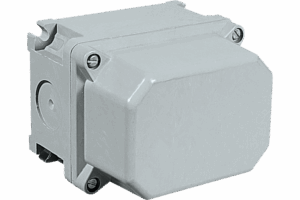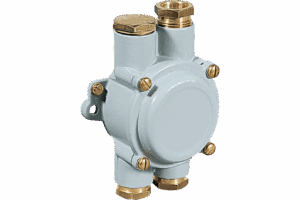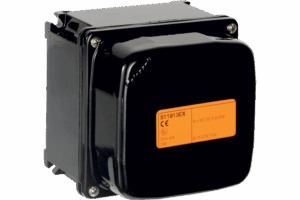Product Overview Key Features and Specifications Many industrial components now come equipped with junction boxes and terminal block configurations that simplify wiring and maintenance. These…
Product Overview
Key Features and Specifications
Many industrial components now come equipped with junction boxes and terminal block configurations that simplify wiring and maintenance. These systems allow for easy identification and management of entries in the enclosure, ensuring streamlined integration into control panels. Some models also offer advanced features through a dedicated preferences panel, allowing users to toggle or configure parameters quickly. However, users should be aware of certain features unavailable in basic variants, such as enhanced diagnostics or smart communication options. Always refer to the technical sheet for precise internal sheet measures, current ratings, and enclosure hole types to ensure correct fitment and compliance.
Materials and Construction Quality
These products are built to perform reliably across a wide range of types of environments, including wet, dusty, and high-vibration settings. Enclosures are typically made from high-impact plastics or stainless steel, with interior sheet internal layouts engineered to reduce electrical noise and heat accumulation. The construction is further reinforced with IP-rated seals around the enclosure hole type and cable entries, enhancing durability and safety. The material selection supports thermal stability and corrosion resistance, essential for ensuring longevity in industrial or outdoor installations.
Compatibility and Applications
Designed for modularity, these components integrate easily with standard junction boxes and terminal block layouts in control cabinets or machinery. Their configuration supports a variety of entries in the enclosure, accommodating different cable diameters or mounting styles depending on project requirements. From factory automation systems to outdoor power management units, these products are compatible with a wide array of industrial applications. Each unit’s versatility is backed by clear technical documentation, including sheet measure references, allowing for fast specification checks during planning and installation.

Purchasing Considerations
Comparing New vs Open Box Options
When evaluating whether to purchase a new or open box product, it’s crucial to consider the condition of the internal components, including the sheet internal layout and terminal block integrity. Open box units may have entries in the enclosure already configured, which could either speed up installation or require rework depending on your setup. Additionally, the preferences panel in some models may have preset configurations or show signs of prior adjustments. While open box options offer cost savings, always verify that no essential features are unavailable due to handling or missing accessories like junction boxes or mounting hardware.
Price Ranges and Budgeting
Understanding the price range helps in aligning your procurement with project requirements. Entry-level models typically exclude non-critical components or have limited preferences panel options, making them more affordable. Mid-range to premium units, on the other hand, may offer additional features like multi-port junction boxes, enhanced enclosure hole type support, or better resistance for varied types of environment. When budgeting, factor in not only the base cost but also potential add-ons such as sheet metal accessories, internal wiring kits, or replacement covers—especially for installations involving multiple entries in the enclosure.
Evaluating Product Alternatives
Choosing the right product often means comparing alternatives based on technical fit and site-specific demands. Alternatives may differ by sheet measure, enclosure material, or compatibility with existing terminal block systems. Consider whether a more compact design meets your needs without compromising durability or compliance. For applications in harsh conditions, alternatives built for rugged types of environment may be better suited. Always review the product datasheet and ensure it covers all required specifications—especially if a preferred feature is marked as unavailable on competing models.
Seller Credibility
Seller Background and Market Presence
Evaluating the seller’s background is a key step in ensuring a smooth purchasing experience. Reputable sellers typically provide detailed product documentation, including accurate sheet measures, internal layout references, and information about entries in the enclosure. A strong market presence is often reflected through partnerships with trusted manufacturers, offering consistency in the availability of components like junction boxes, terminal blocks, and even variants with different enclosure hole types. Sellers who cater to a range of types of environments—from industrial plants to outdoor applications—tend to demonstrate deeper product knowledge and long-term reliability.
Customer Reviews and Ratings
Customer feedback offers valuable insight into real-world product performance and seller responsiveness. Reviews often highlight whether promised features were delivered or if certain features were unavailable upon delivery. High ratings typically indicate satisfaction with both product condition and post-sale support, especially for items like pre-assembled junction boxes or configured preferences panels. Pay close attention to any recurring issues reported, such as mismatched sheet internal dimensions or unclear wiring instructions for terminal blocks, which can be red flags.
Return and Warranty Policies
A clear and fair return or warranty policy is essential when purchasing technical components. Reliable sellers provide guarantees that cover both functional performance and physical build—such as proper fitment for enclosure hole types or assurance that no entries in the enclosure were previously tampered with. Look for policies that reference specific measurements like sheet measure, which help validate whether replacements are compatible. Whether you’re buying new or open box, return terms should address issues like missing parts or pre-used preferences panel settings, and warranties should reflect confidence in the product’s durability across varied types of environment.
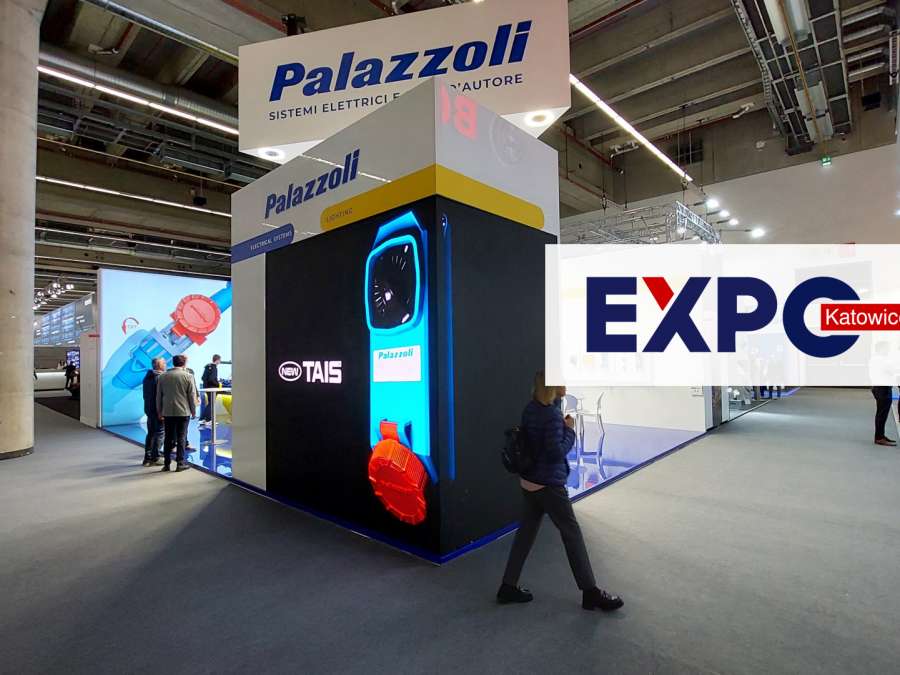
Enhancing Digital Shopping Experience
Importance of User-Friendly Interfaces
A streamlined digital interface plays a vital role in helping customers evaluate technical components confidently. Key elements include a responsive preferences panel, intuitive filtering for features such as junction boxes or terminal block options, and clearly listed product specifications—like sheet measure and entries in the enclosure. The ability to visualize enclosure dimensions or choose between enclosure hole types in the interface reduces confusion and speeds up the decision-making process. Sellers that invest in clean navigation and accurate feature labeling also minimize the risk of customers encountering products with unexpected limitations, such as features unavailable.
Effective Customer Support
High-quality customer support ensures a smooth buying journey and builds long-term trust. Prompt assistance can help resolve questions about product compatibility—such as fitment within certain types of environment or clarification on internal sheet internal layouts. Support agents should be knowledgeable about installation practices involving terminal blocks, entry positions, and mounting through various enclosure hole types. Whether you’re inquiring about open box conditions, warranty coverage, or unclear preferences panel settings, responsive support prevents costly errors and ensures you select the correct component for your project.
